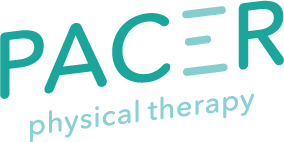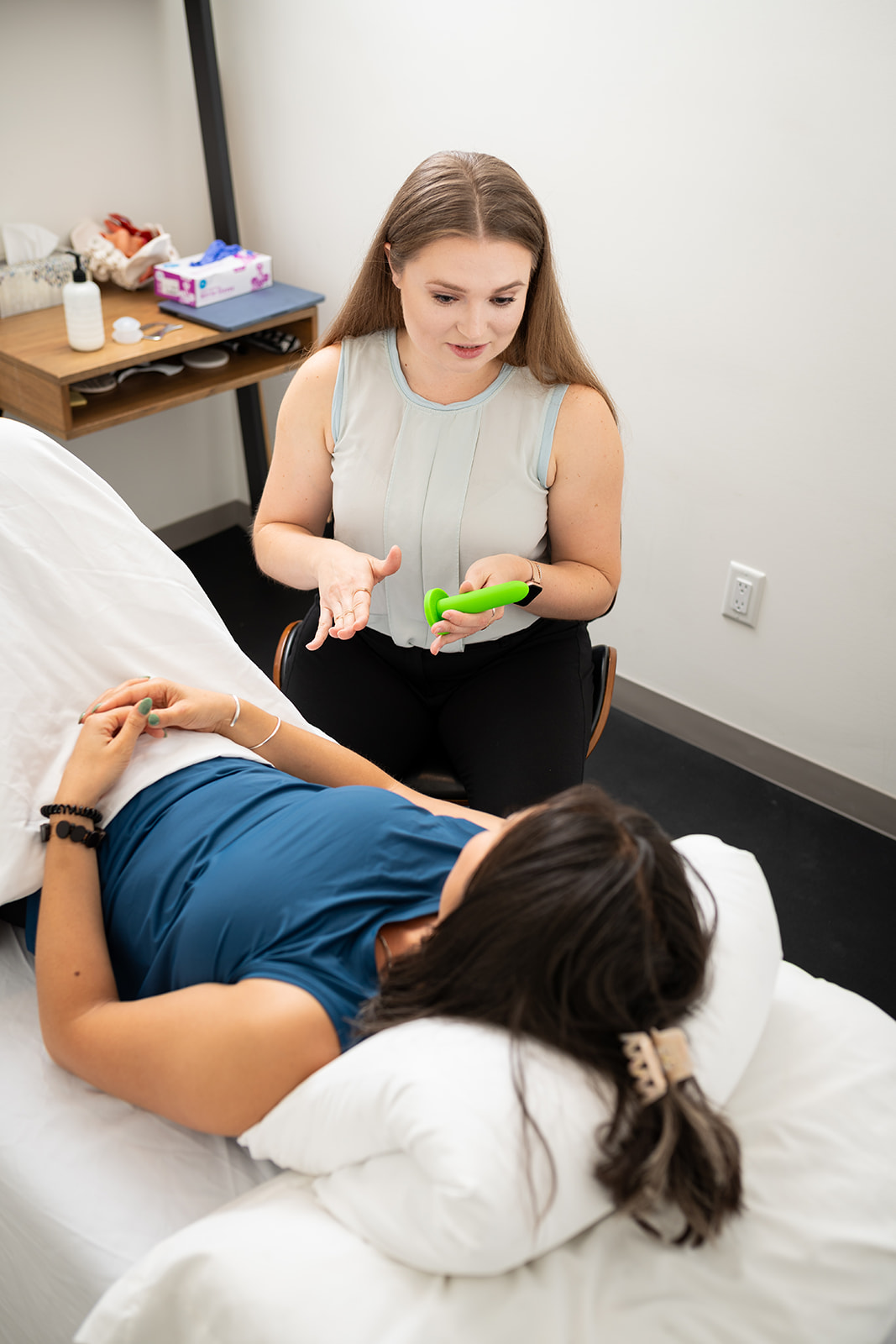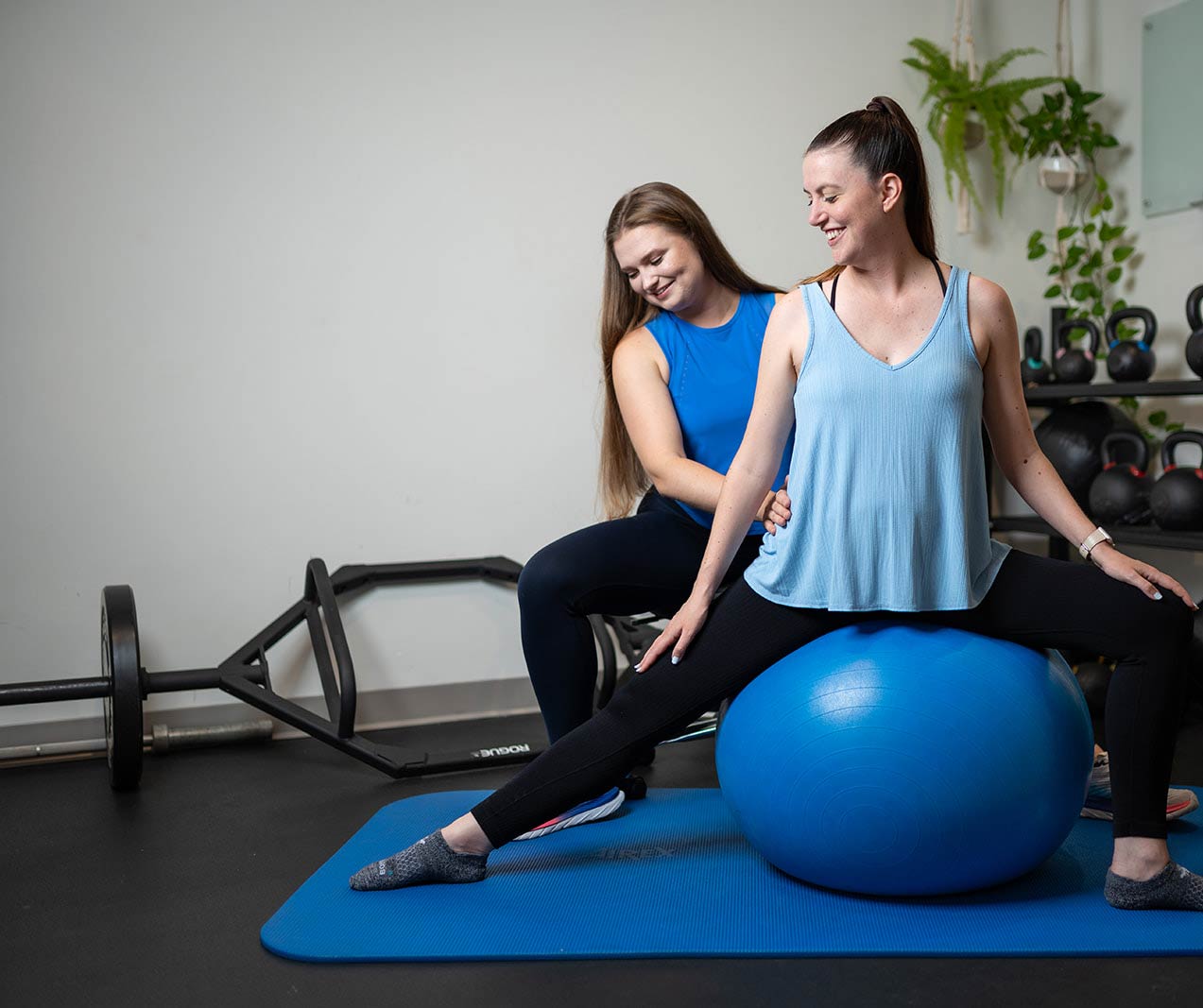First and foremost, congratulations! You have spent three trimesters diligently attending prenatal appointments, getting labs done, and taking care of your health for the sake of you and your baby/babies. You have crossed the finish line with your pregnancy, had a vaginal delivery, and are ready to take home your newest bundle of joy. You know that there’s a 6-week postpartum appointment in the seemingly distant future, but did you wonder what you can do to take care of yourself until then? Continue reading to learn about six tips that you can start to help recover after a vaginal delivery.
6 tips to aid in Early Vaginal Delivery Recovery:
1. Day 0-3: Ice the area
Your pelvic floor and reproductive system just went through a lot of changes. It’s common to experience tearing of the perineum (the external area between your vaginal and anal openings) during the delivery, and soreness, swelling, or pain for multiple days afterward. Applying an ice pack to the perineum can decrease swelling and provide pain relief. It’s especially effective the first 3 days after delivery, but you can continue icing after the 3rd day if it continues to provide you relief.
- Purchase (or make at home) postpartum ice packs. Some include witch hazel, which can add an extra element of soothing.
- Apply an ice pack for 15 minutes every 2-3 hours, making sure there is a clothed layer between the ice pack and the skin.
**Important to note, that some of the items given in hospitals such as ice packs or underwear with certain creams are not sensitive to our skin and if you are known to have allergies or sensitivities, prepare in advance and bring your own in your hospital bag to avoid irritation.
2. Day 4 onwards: Use a sitz bath
A sitz bath is a warm shallow bath for your perineum, commonly used postpartum or for hemorrhoids. The warm water relaxes the superficial pelvic floor muscles, increases circulation to the area, reduces burning, itching, and pain, and promotes tissue healing. Using a sitz bath is more effective after the 3rd day, but you can start sooner if you are not finding the relief you are looking for with icing.
- Wait at least 12 hours after a vaginal delivery before starting.
- Purchase an over-the-toilet sitz bath or use your cleaned bathtub.
- Fill with warm (not hot) water and sit for 20 minutes multiple times a day, as needed for comfort. Some find more relief in using cool water.
- Thoroughly clean between use to decrease the risk of infection.
3. Use a peri-bottle in the bathroom
A peri-bottle is essentially a portable bidet: a plastic bottle with a nozzle that pours water over the perineum. It can have many uses in the bathroom!
- If you feel stinging over your stitches with urination, pour water over the perineum when peeing to dilute the urine.
- Pour water over the perineum before a bowel movement to relax the pelvic floor muscles.
- Pour water over the perineum after a bowel movement to cleanse the area. (You can also pat the area dry, but avoid wiping as it applies friction to the area and may be uncomfortable or cause skin breakdown).
**This is something I would bring with you in your hospital bag, although many hospitals do have their own that they will give you.
4. Breastfeed or Bottle feed on your side
Two reasons for this recommendation:
1) If your perineum is sore from delivery, sitting puts a lot of pressure on your perineum, and lying down offloads that pressure causing less tension through your lower back or hips from sitting in odd positions.
2) You don’t have to hold your baby while feeding since he/she will be supported by the surface you’re both lying on
Set yourself up:
- Place pillows under your head, behind your back, and between the knees to support you. Place your newborn on their side facing you.
- General breastfeeding tip: Always bring the baby to you, not you to the baby to maintain good posture.
- General bottle-feeding tip: Support your arm with a pillow so that you do not experience fatigue or achiness in your shoulder or neck
- If you choose to try this type of feeding technique it is advised to be fully awake and aware as this tends to be a comfortable position, which can induce feelings of sleepiness.
5. Roll to get out of bed
There are many ways to get in and out of bed, and you may not have even paid attention to how you do it. That is until after you were pregnant. Now that you have delivered, the best way to get out of bed is by rolling onto your side, instead of sitting straight up to avoid excessive pressure on your core and pelvic floor.
How to perform:
- Roll onto your side, facing the edge of the bed. As you lower both legs over the edge of the bed, use your top arm to assist in pushing you up to sitting.
- Don’t hold your breath. Exhale as you push up to sit.
6. Mastering the Stairs
The ultimate goal is for you to walk up and down the stairs, holding your baby in front of you at your chest, with you facing forward, alternating your steps, and not using a handrail since you’re going to have your hands full. If this is too ambitious today, here are ways to modify that:
- Use a handrail, especially if you are feeling unsteady or weak. Continue holding your newborn with one arm at your chest in front of you (instead of on your hip) and use a carrier if needed for extra support
- Go up or down one step at a time. If you feel like one side is weaker, step down with the weaker side and up with the stronger side. (Hint: up with the good and down with the bad). Also, consider seeing a physical therapist to help you regain the strength!
- If facing forward is too challenging, face the wall and take the stairs sideways one step at a time. Use a handrail if available.
It is okay to ask for help- your body is recovering from a major event and sometimes things may not feel as easy.
- Monitor for signs of excessive bleeding, spotting with increased activity, or feelings of heaviness, pressure, or soreness in your pelvic floor.
BONUS TIP: See a pelvic health physical therapist!
Your pelvic floor put in a lot of work supporting your growing baby during the last three trimesters and went through significant changes during the delivery. Pelvic health physical therapists are trained to examine how your body and pelvic floor respond to that change and we can see you as soon as 1 week postpartum. As a pelvic health physical therapist myself, I can evaluate the strength and mobility of the pelvic floor muscles both internally and externally, address pain, assess how your whole body moves, and provide a plan so you can be a strong mom for your growing newborn!
Have any questions about pelvic health physical therapy? Let’s connect. Email me at vmenchikova@pacerphysicaltherapy.com, I am here for you!
Once again, congratulations on the newest addition to your family. I hope this blog gave you helpful hints to navigate the first few weeks of your postpartum journey. If you have any follow-up questions or are ready to meet with a pelvic health physical therapist, please reach out. I would love to hear about your birth story and help address your individual needs to get you feeling confident and strong. Schedule a complimentary discovery call with me today!
You got this!
Dr. Vera
Resources:





